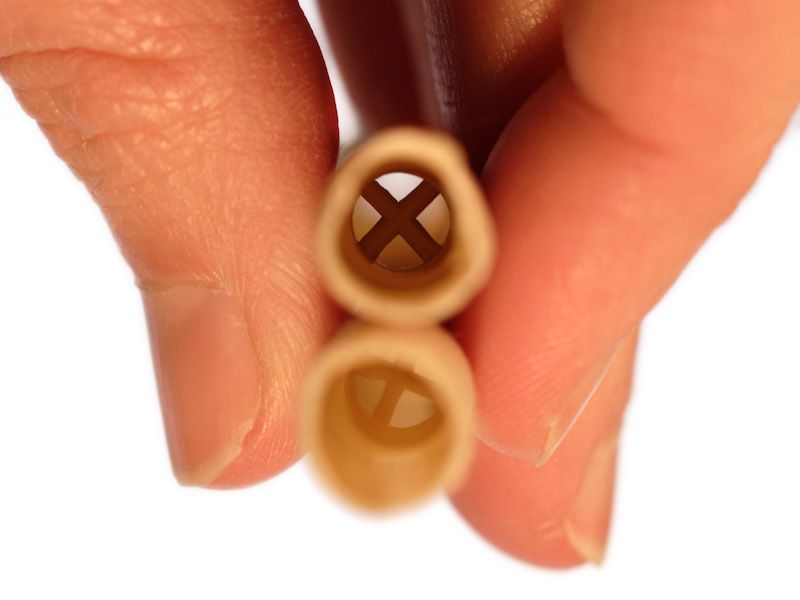
There’s a persistent idea in some circles that a practice known as “ear candling” is an effective way to reduce your earwax. Does ear candling work and what is it?
Earwax Candles, is it Effective?
Spoiler alert: No. No, they don’t.
Why then do normally logical people routinely accept in this pseudo-science. That’s a hard question to answer. But the more you know about earwax candling, particularly the risks involved, the more likely you can draw an informed decision (even if the logical choice is pretty clear).
Earwax Candling, What is it?
So the basic setup goes like this: Maybe you aren’t sure how to get rid of all your built up earwax. You know you aren’t supposed to use cotton swabs (which is good, cotton swabs are not an ideal way to clear out your ears, in most cases). So you begin searching for an alternative and stumble on this approach known as earwax candling.
Earwax candling supposedly works as follows: You develop a pressure differential by putting the candle into your ear, wick side out. This pressure difference then sucks the wax out. Any wax that may be backed up in your ear can, in theory, be pulled out by this amount of pressure. But cleaning your ears this way can be dangerous.
Why Doesn’t Ear Candling Work?
There are a number of issues with this process, including the fact that the physics simply don’t work. You would need a significant amount of pressure to move earwax around and a candle just isn’t capable of creating that kind of pressure. Second, creating that type of pressure difference would require some sort of seal, which doesn’t occur during candling.
Now, the candles used in these “treatments” are supposed to be special. All of the wax that was in your ear can be found within the hollow portion of the candle which can be broken apart when you’re finished with your 15 minutes of ear candling. The only issue is that the same debris shows up in both burned and unburned candles. So this “proof” is really nonsense.
Earwax candling hasn’t been proven scientifically to have any benefit at all.
So we Know Ear Candling Doesn’t Work But is it Dangerous?
What’s the danger in trying, right? Well, whenever you get hot candle wax around your ears, you’re asking for trouble. You may be ok if you decide to try earwax candling. Plenty of people do. But that doesn’t imply there aren’t risks involved, and it certainly doesn’t imply that ear candling is safe.
The negative effects of ear candling can include:
- Once the wax cools down it can clog up your ear canal. You could end up temporarily losing your hearing or even requiring surgery in severe cases.
- Significant burns inside ear. When melted candle wax gets into your ear, it can lead to extreme hearing issues and burns. In the most extreme cases, this could permanently damage your hearing.
- Whenever you’re mucking about with an open flame, there’s a possibility that you could cause serious injury and put your life in danger. Seriously, you could burn your house down. Eliminating a bit of earwax isn’t worth that kind of danger and risk.
You Don’t Need a Candle to Clean Your Ears
Most people will never actually have to be concerned about cleaning earwax from their ears. That’s because the human ear is basically a self cleaning system. Nevertheless, there are certain people who will have abnormally heavy earwax production or buildup to deal with.
If you do need to clean your ears out due to too much wax, there are scientifically-proven (and reliable) means to do that safely. You could use a fluid wash, for example. Or you might see a professional who will be able to use specialized tools to get excess wax or wax blockages out.
Cotton swabs are definitely not the way to go. And open flames are not ok either. Earwax candling is a procedure that has no advantage and will put your ears, and your entire person, at considerable risk of damage and injury. So maybe it’s time to put those special candles away.